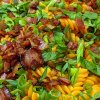

Man Starts Food Rescue Group That Saves Crops + Donates To Peopl…

Q&A with Organizational Pro Peter Walsh + Dermatologist Shares A…

Actor Hank Azaria + Freezer Meals + Artichokes 2 Ways with Rach

See Inside Barbara Corcoran's Stunning NY Apartment + It's Steak…

How to Make Chicken and Lobster Piccata | Richard Blais

Donnie Wahlberg Spills Details About NKOTB's First Ever Conventi…

Donnie Wahlberg + Jenny McCarthy Say Rach Is Such a "Joy" + Look…

The Best Moments From 17 Seasons of the Show Will Make You Laugh…
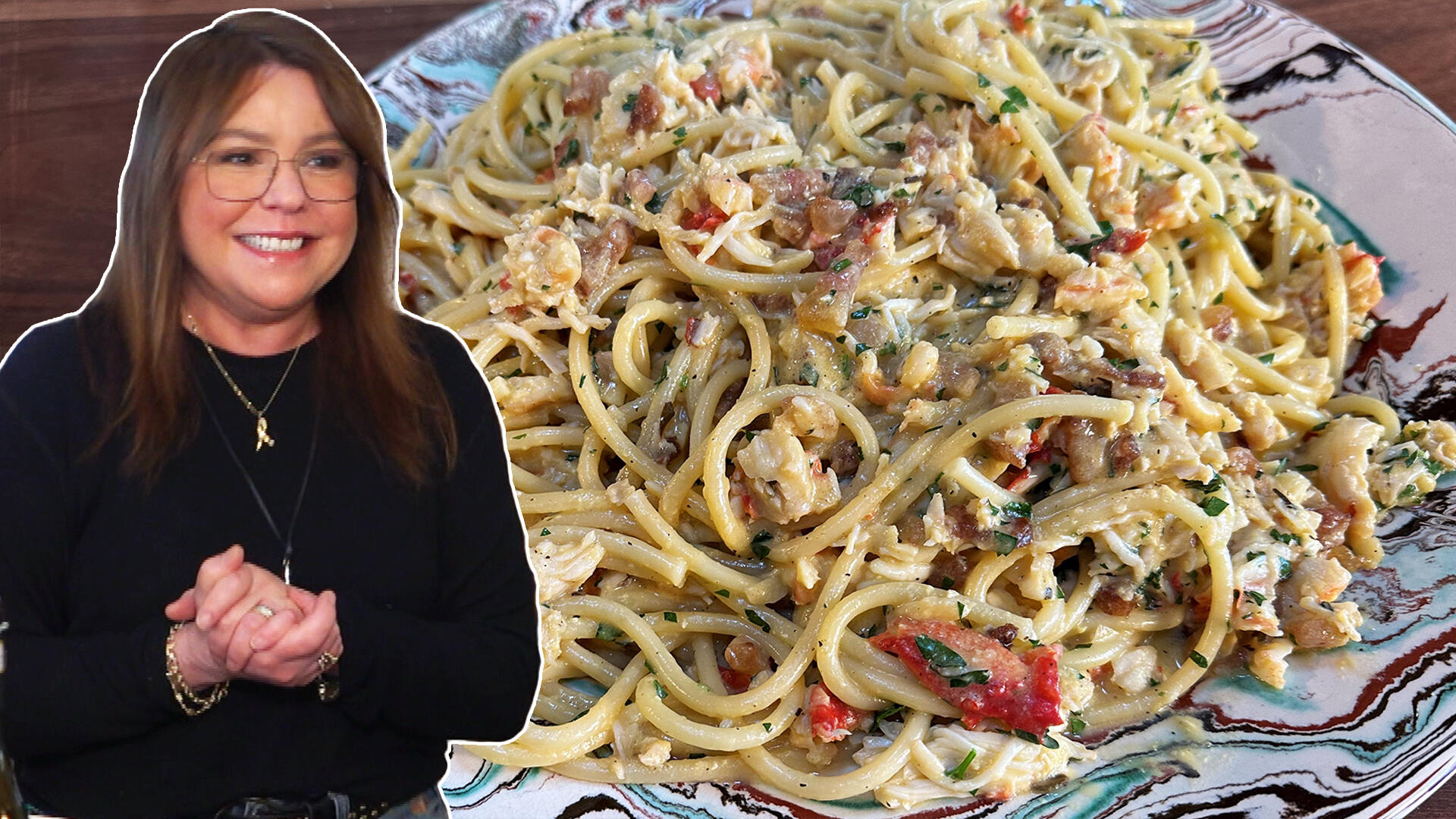
How to Make Crabby Carbonara | Rachael Ray

Rach Chats "Firsts" In Flashback From Our First Episode Ever In …

Rach's Chef Pals Say Goodbye to Show in Surprise Video Message
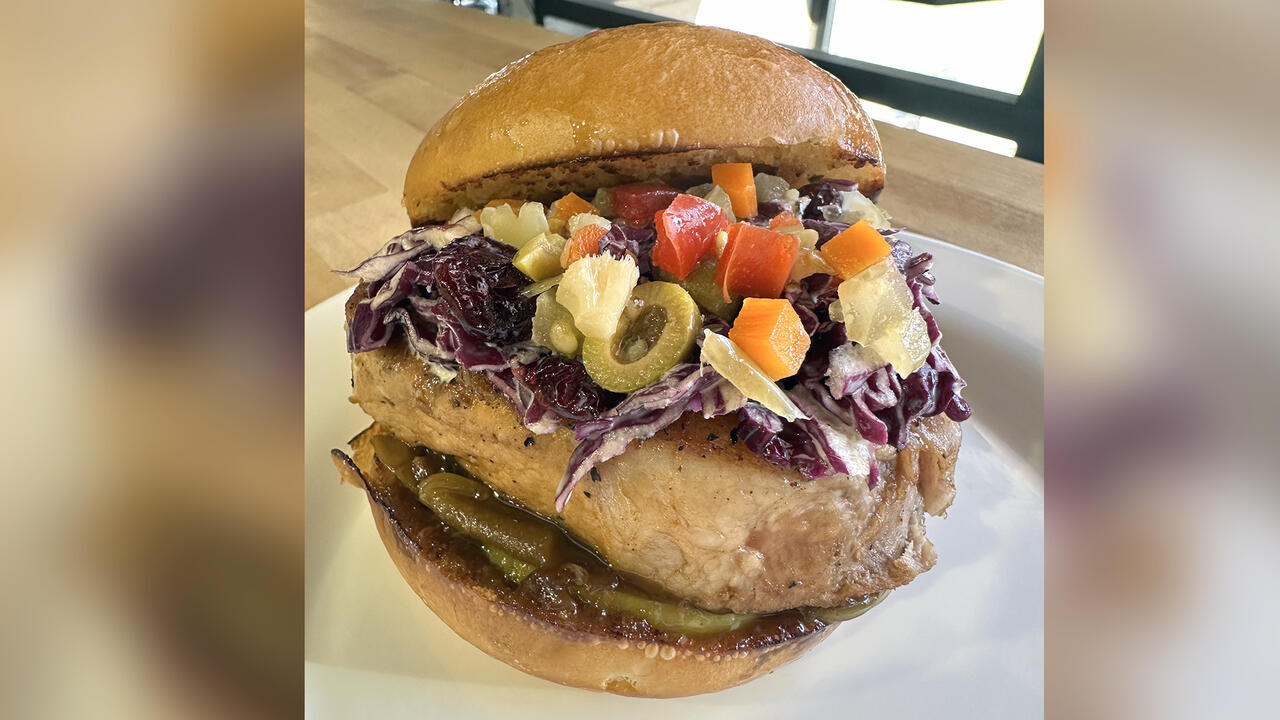
How to Make Apple-Cider Braised Pork Chop Sandwiches with Onion …
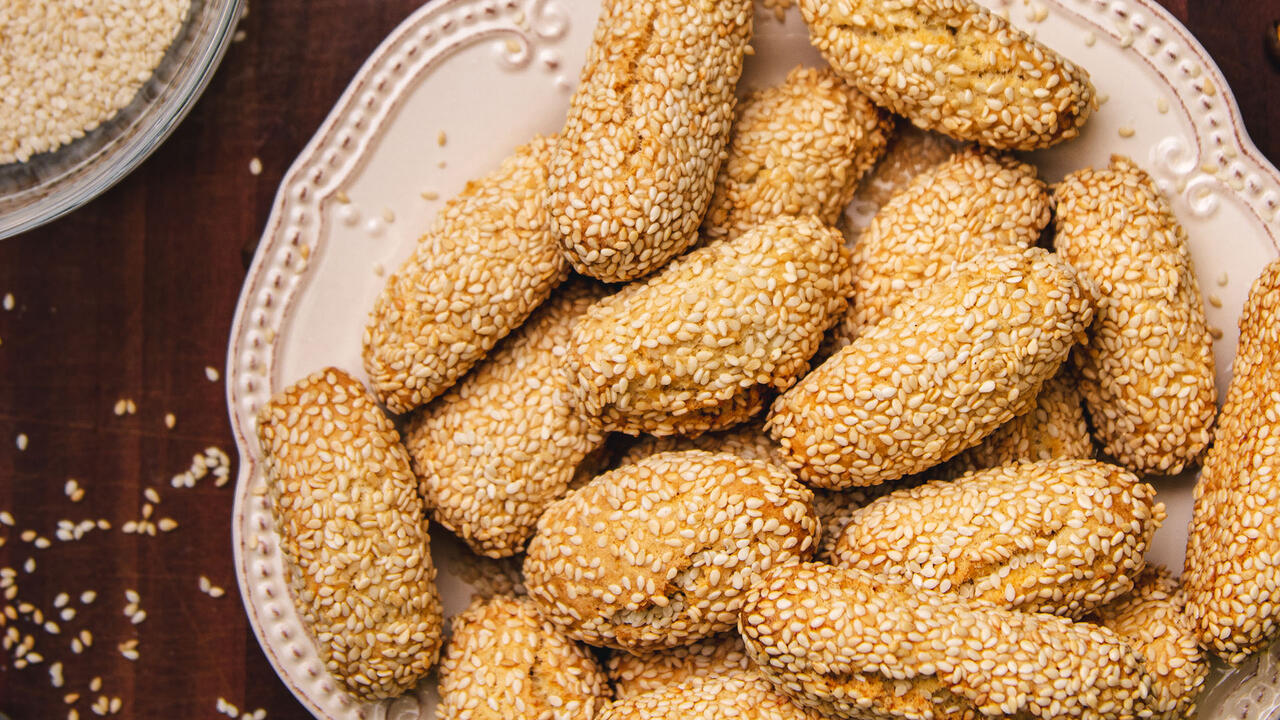
How to Make Sesame Cookies | Buddy Valastro

How to Make Tortilla with Potatoes, Piquillo Peppers and Mancheg…
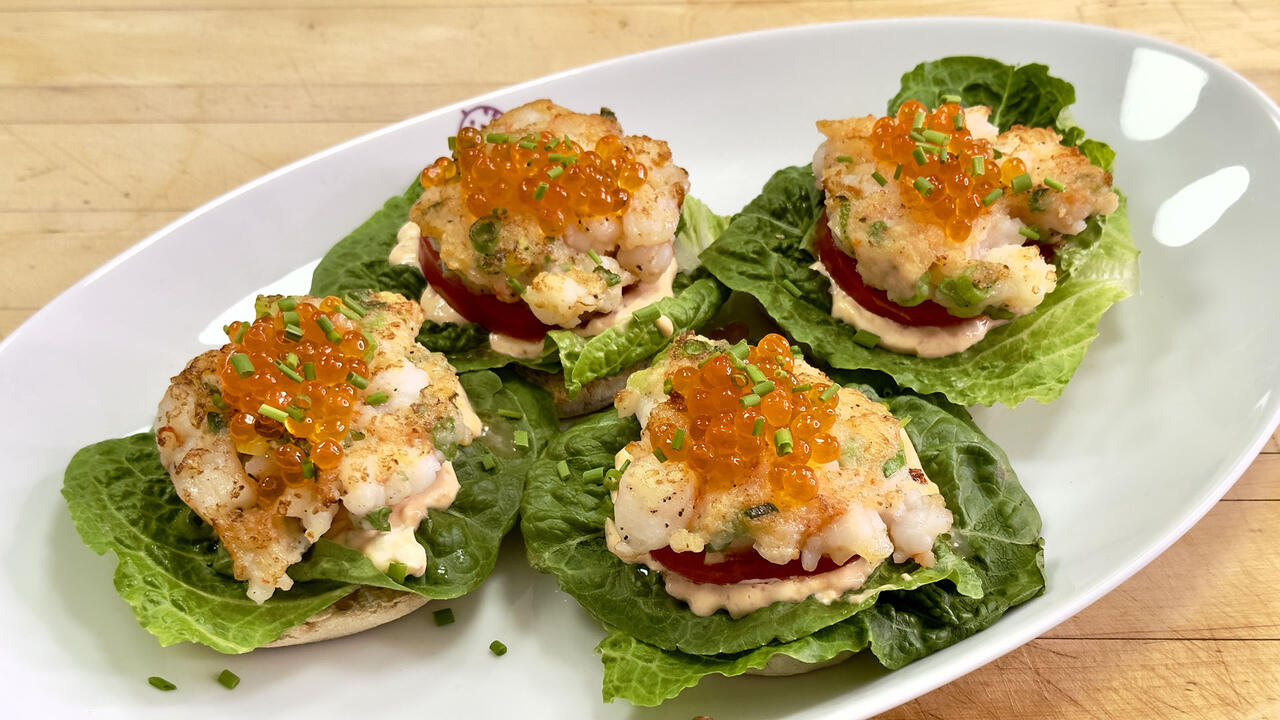
How to Make Shrimp Burgers | Jacques Pepin

Celebrity Guests Send Farewell Messages After 17 Seasons of the …
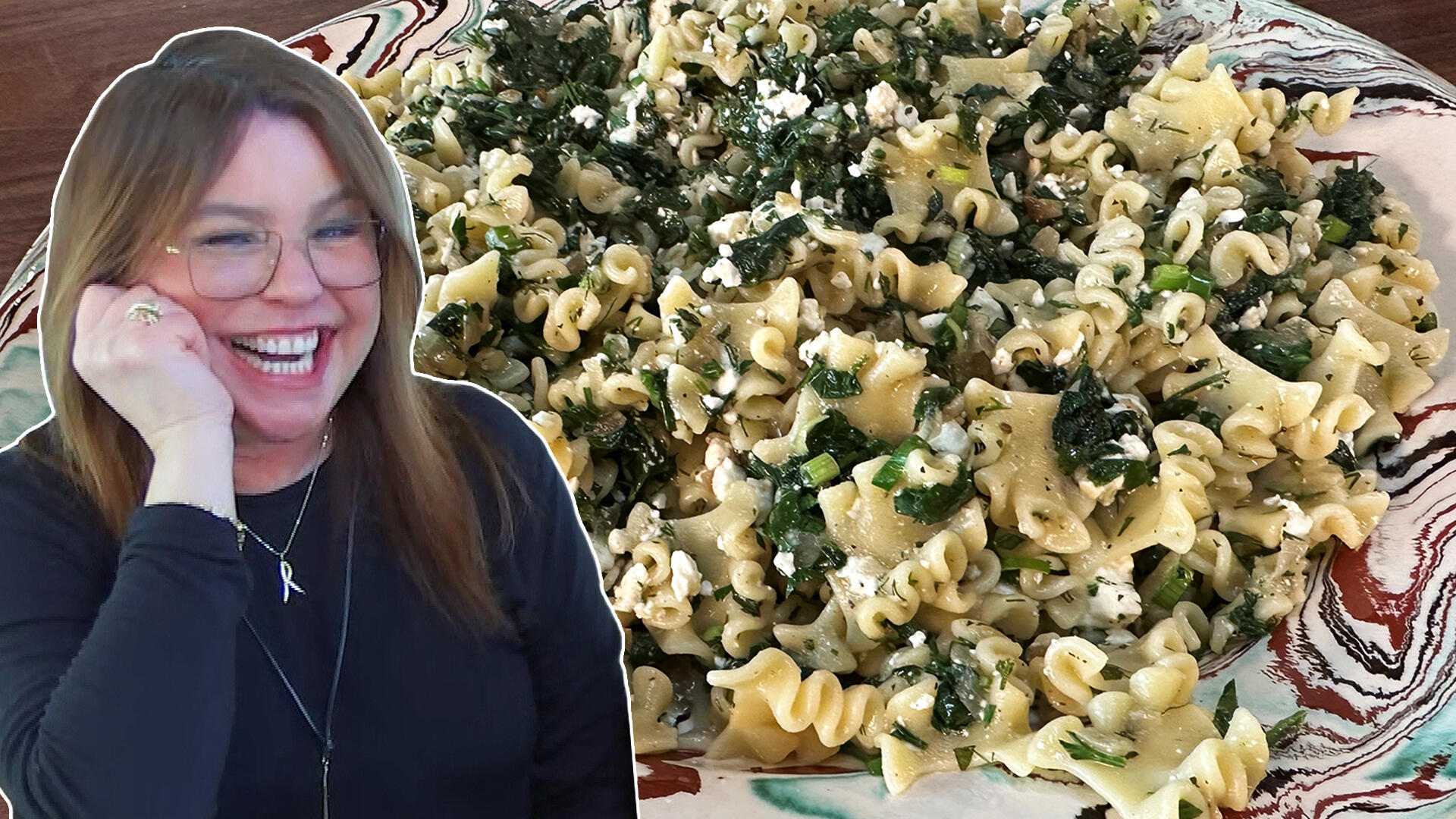
How to Make Spanakopipasta | Rachael Ray

Andrew McCarthy Chokes Up Discussing Emotional Trip to Spain wit…

Celebrity Guests Send Farewell Messages After 17 Seasons of the …

Andrew McCarthy Teases Upcoming "Brat Pack" Reunion Special

Michelle Obama Toasts Rach's 17 Years on the Air With a Heartfel…
Most of us are aware by now of the impact that the Covid-19 pandemic has had on the restaurant industry, but what we might not realize is that this in turn is costing farmers a huge amount of business. So much so, in fact, that many struggling farmers are actually having to destroy their crops in order to cut down on lost revenue.
George Ahearn, a resident of Bothell, Washington, says he learned about this back in April while reading a newspaper article about how farmers in his hometown "were destroying crops and plowing perfectly good potatoes and onions back into the field."
"They have to look at things from a business perspective, and if it costs them less dollars to destroy the crop that they can't sell, then that's what they'll do," George explains. "I knew that we had a need for that food and we decided to connect the dots and bring that food over to Western Washington." So, George and his co-founders Nancy Balin and Zsofia Pasztor started what is now the East West Food Rescue.
"I was looking to grab just 2,000 pounds of food. Little did I know that first week we did 9.36 tons—over 18,000 pounds. Second week we did 60 tons. Then we did 160,000 pounds of food the third week and the fourth week 180,000 pounds. Finally the fifth week we broke 200,000 pounds," George says.
"When we can, we pay the farmers at least their cost of food and we try to meet that through donations," he explains. "We have volunteers come and pick up the food and deliver it to different food banks."
"Being from Eastern Washington from an agricultural community, it was important to me not to go into the agricultural community and have our hand out for free. We really wanted to be the backstop for the farmers if we could. If it cost them $2,500 an acre to harvest the crop, then that's what we were paying, whatever we could," George says. "To their credit, they opened up their silos and their warehouses to us, so it was really quite amazing to see their generosity."
RELATED: This Farmer Is Determined To Use Food To Help End Racism & Injustice
East West Food Rescue has now rescued over 23 million pounds of produce that would have been destroyed and given it to food insecure communities.
Rach was happy to share the news with George that our friends at Ardent Mills are giving $10,000 and donating 4,000 loaves of bread to food banks of East West Food Rescue's choice.
East West Food Rescue is part of our "Thanks For Giving" series, highlighting amazing people doing good every day until Thanksgiving. Read more good news stories here.

